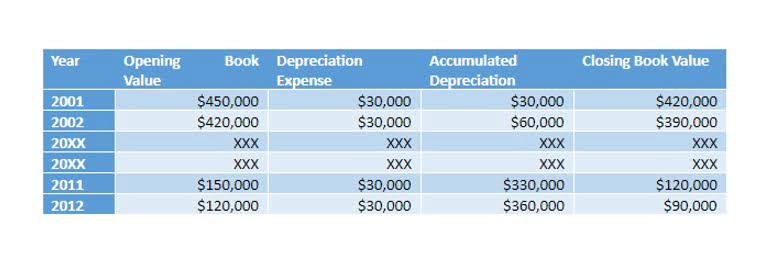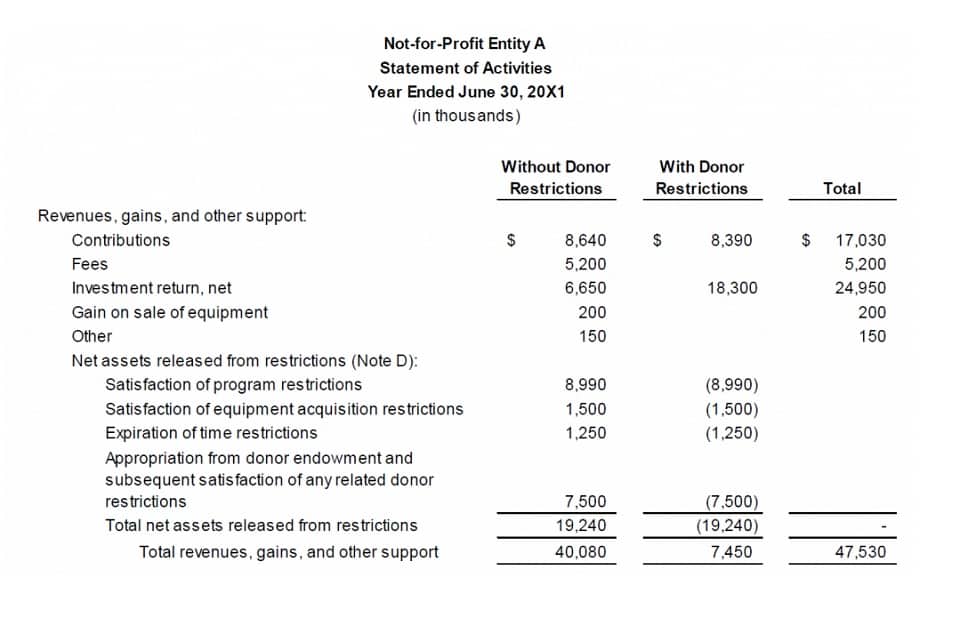For instance, https://www.bookstime.com/ a 2-for-1 stock split reduces the price of the stock by 50%, but also increases the number of shares outstanding by 2x. This free online Stock Shares Outstanding Calculator will calculate the weighted average for a company that changes its number of outstanding shares during the period in which you are interested. Yes, the number of outstanding shares of a company can be found in SEC (Securities and Exchange Commission) filings such as 10-K annual reports and 10-Q quarterly reports. The equity part of the balance sheet reports the overall number of outstanding shares. Information is also available in the footnotes to the financial statements and the management’s discussion and analysis (MD&A) part of the filings. To determine the outstanding shares, you must deduct the number of repurchased or retired shares from the total number of shares issued by the company.
Learn
The category does not include treasury stock, which is the company’s own stock held by the company. The weighted average of outstanding shares is a method employed to calculate the average number of shares outstanding within a certain period. This calculation is frequently employed in financial analysis to determine various financial ratios, like earnings per share (EPS) and price-to-earnings (P/E) ratio. You must follow these five steps to determine the Outstanding Shares Weighted Average. You can calculate the outstanding shares using two numbers – the total number of shares issued by the company and treasury shares held by the company’s investors. After you have the total payroll shares issued and treasury shares, you can use the formula to compute the number of outstanding shares.
Table of Contents
Investors can distinguish between authorized shares, which indicate the maximum number of shares a company can issue, and outstanding shares, which represent the number of shares the investors currently hold. The number of outstanding shares might change as investors buy and sell these shares. The number of outstanding shares will fall if a company buys back part of its outstanding shares. Issuing new shares of stock will increase the number of outstanding shares.
Check the Company’s Balance Sheet
Management shares may be subject to limitations or conditions, such as vesting periods or trading prohibitions. Redeemable shares are ideal for individuals seeking a lower-risk, fixed-income investment. Investors should be aware of the restricted potential for capital appreciation and the possibility of a price discount when the shares are redeemed. A company can issue seven different types of shares, depending on its specific needs and aims. Consequently, the treatment of stock dividends and splits is different from the treatment used for issuances of shares in exchange for assets or services.
- Companies can also undergo a reverse stock split or share consolidation.
- Select whether the transaction resulted in an increase or a decrease in the total common shares outstanding.
- Knowing this number is fundamental for various financial analyses and investment decisions.
- Investors should be aware of the restricted potential for capital appreciation and the possibility of a price discount when the shares are redeemed.
- You can also find the company’s balance sheet in its annual report, which can often be found on the company’s website.
A new psychedelic drink has investors intrigued
Knowing a company’s number of shares outstanding is key when calculating critical financial metrics and determining share value as a portion of ownership. But since the number of shares outstanding includes shares that won’t be traded every day, day traders should be more concerned about the company’s float. Changes in outstanding shares can influence a company’s stock price, impacting investor sentiments. The purpose of the repurchase can also be to eliminate the shareholder dilution that will occur from future ESOs or equity grants. A company may announce a stock split to increase the affordability of its shares and grow the number of investors.
How to Calculate the Weighted Average of Outstanding Shares
Of these terms, the two that you need in order to determine the number of outstanding shares are issued shares and treasury shares. Generally, both of these figures can be found on a company’s balance sheet. The primary distinction between issued and outstanding shares is that issued shares comprise both outstanding and treasury shares, whereas outstanding shares solely include shareholder-owned shares. Companies can utilize treasury shares for 3 main purposes, including employee stock options, stock-based pay, and share repurchases. When a company purchases its own stock, it lowers the number of outstanding shares, enhancing earnings per share and the stock price.
Example calculation
That’s all at the expense of newbies who believe in the company and invest in it long term. Enter the number of beginning shares outstanding and select the starting date. Enter the number of beginning shares outstanding and then select the beginning date in the row directly below this one. Plus, after calculating the weighted average, the calculator will generate a line-by-line summary of each transaction. Preferred shares take priority over common shares, in terms of asset distributions in the event of bankruptcy. Our writing and editorial staff are a team of experts holding advanced outstanding shares calculator financial designations and have written for most major financial media publications.
How does Outstanding Shares determines Market Capitalization of a company?
- As a result, it decreases the number of outstanding stocks in the public and increases the amount of treasury shares.
- In addition, it assists management in understanding the company’s performance and making strategic decisions on future stock issuances or buybacks.
- While a company has a certain number of outstanding shares, not all of those shares are available for trading, since they may be closely held by some (large) investors.
- Weighted average shares outstanding is the process of weighting every number of common stock to reflect how much time they were in effect.
- A publicly-traded company can directly influence how many shares it has outstanding.
- That’s all at the expense of newbies who believe in the company and invest in it long term.
Too many traders don’t have a trading education or prepare trading plans in advance. Promotions and dilution are why so many people love to hate penny stocks. But if you know how the game works, you can take advantage of the volatile moves. Founded in 1993, The Motley Fool is a financial services company dedicated to making the world smarter, happier, and richer. Enter each stock transaction that occurred between the beginning and end dates selected at the top of the calculator — in chronological order.
Outstanding shares represent a company’s shares that are held by investors, whether they’re individual, institutional, or insiders. Investors can find the total number of outstanding shares a company has on its balance sheet. Outstanding shares can also be used to calculate some key financial metrics, including a company’s market cap and its earnings per share. They are separate from treasury shares, which are held by the company itself. The term outstanding shares refers to a company’s stock currently held by all its shareholders. Outstanding shares include share blocks held by institutional investors and restricted shares owned by the company’s officers and insiders.






